Phone +86-1525 8117 626
Email sales@sculptormoulds.com
Address Room 5-1, #1 Bailong Lane, Minglou Street,
Yinzhou District, Ningbo City,
Zhejiang Province, China
The Factors That Determine the Quality of Mould
Introduction
There are numerous mould manufacturers in the industry. At first sight, all the moulds looks similar. But actually there are many factors that will affect and determine the inside quality of mould. In this article, we’ll analyze these factors one by one.
1, Choice of Mould Steel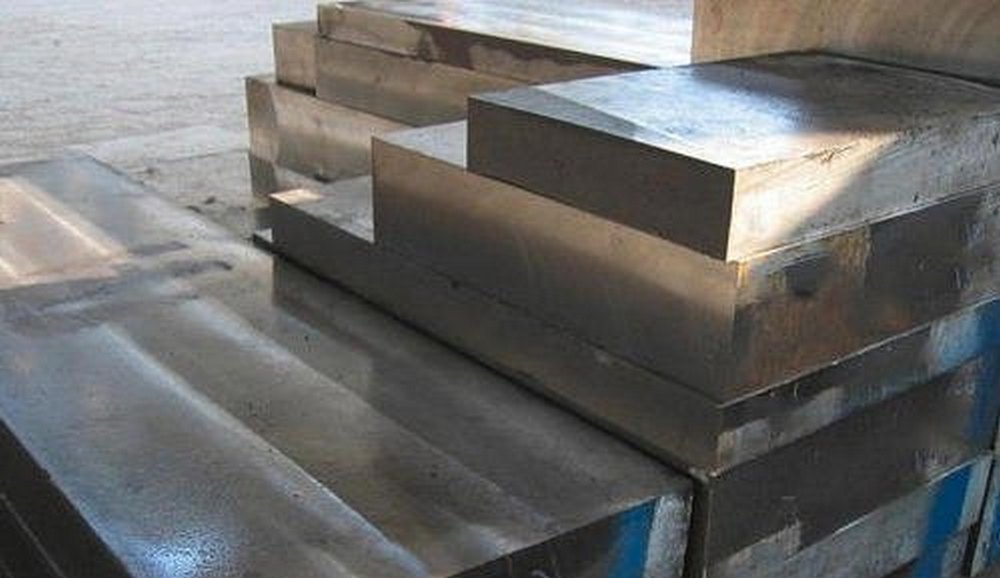
Steel is the decisive factor that determines the quality of mould. Choosing the right steel is of utmost importance. The criteria of choosing are as follows:
(1) Requirement of Molding Materials
For different plastics, we need to use different steels. Properties to be considered include high polish, corrosion-resistance, etc;
(2) Price
Choice of steel should follow the principle of “just only enough”, not “the more expensive the better”. Considering the cost of mould, we should choose the steel which is in accordance with the mould service life, to avoid unnecessary waste;
(3) Surface Treatment
Surface treatment of mould is also very important. Nitridation can enhance the surface hardness of steel and thus increase the mould service life measurably. Electroplating can be used to modify the steel effectively. For some plastic parts that require the steel to be high-polish and corrosion-resistant, we can use electroplating to enhance the properties of the steel.
2, Structure Design
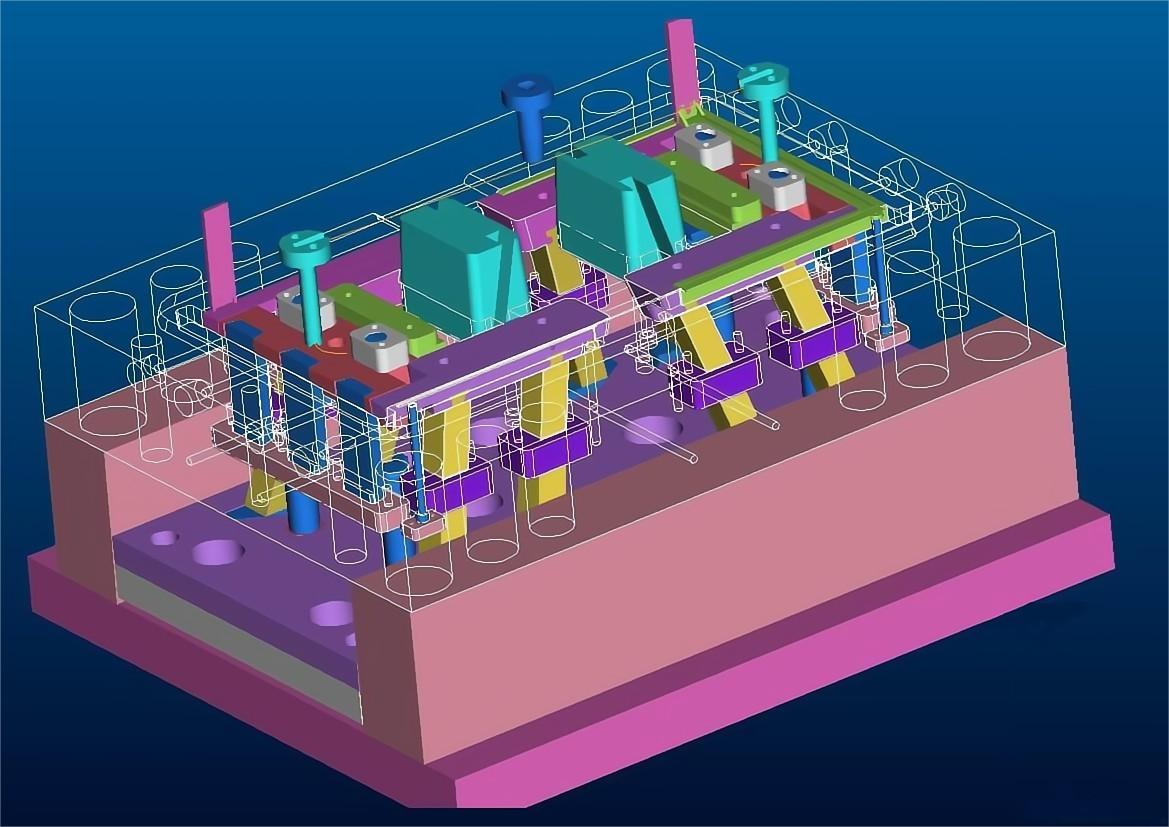
Sophisticated mould structure design not only considers the product material properties such as shrinkage, molding temperature, elastic coefficient, tensile coefficient, deformation coefficient, etc, but also the cooling water channel and mould opening/clamping speed. Reasonable mould structure can measurably increase the service life, and ensure the smooth building of mould, improving efficiency and reducing costs.
3, Mould Machining
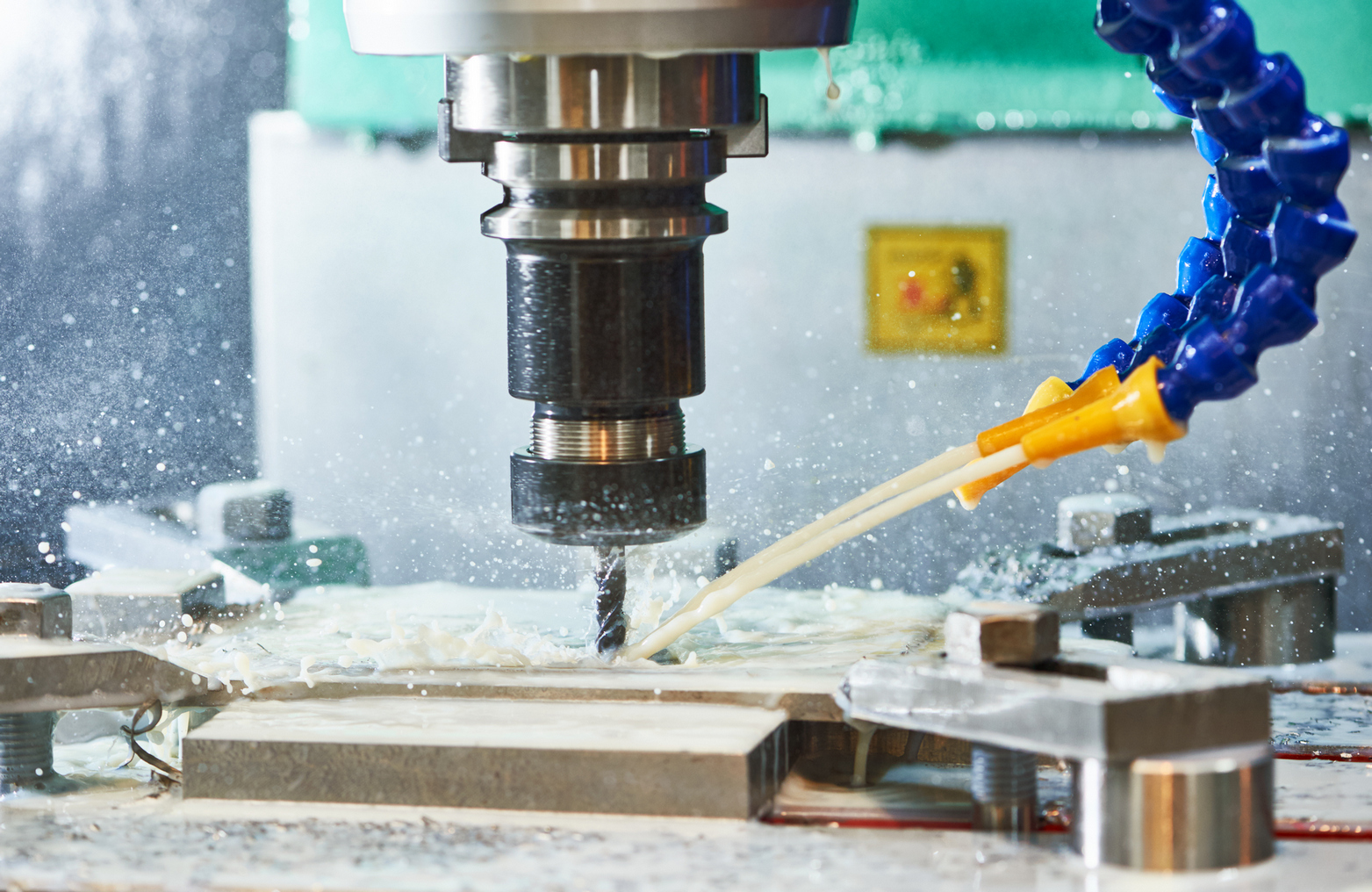
There is a saying: “Sharpen your axe before cutting the tree.”Planning of mould machining procedures is particularly important. Reasonable planning can help to speed up the production cycle, shorten the machining time and reduce costs effectively.
Moreover, precision and reasonable machining can ensure the stable performance of mould in process of production and prolong the mould service life. Due to erroneous machining, welding may be required to repair the error. However perfect the welding is, it is still a loss for the mould. In addition, poor machining may also affect the operation of mould, reduce the service life, cause crack or even break in process of production.
4, Standard Parts
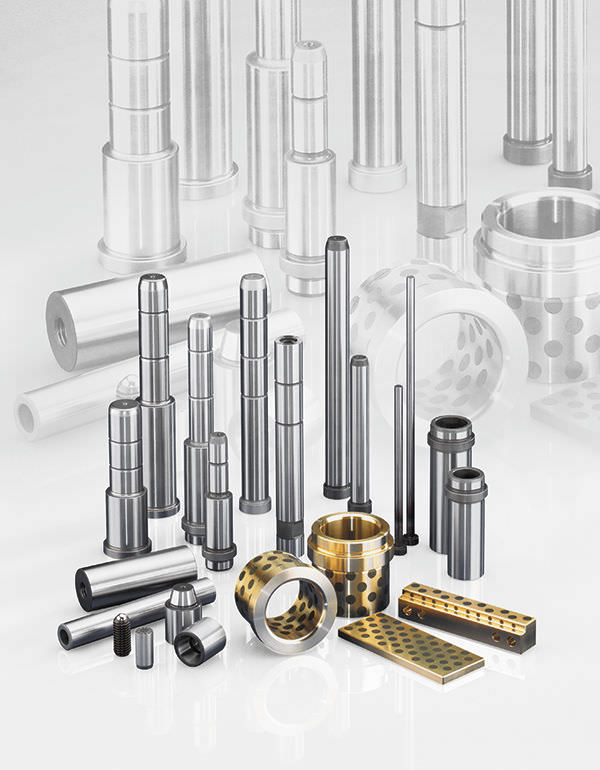
The capacity of a wooden bucket is determined by its shortest stave. This is an obvious principle, but is often ignored in our daily life.
The same is true with mould. Standard parts are not directly involved with molding, but they control the operation of the entire mould. Good standard parts should have high wear-resistance, hardness, precision, and not easy to deform. Price of standard parts of different brands varies greatly. That’s why you should not focus on pursuing the cheapest price only when buying moulds.
5, Mould Fitting
Mould fitting totally relies on the experiences of the bench worker. It seems to be rather simple, but requires the highest technical expertise. The quality of complex mould mainly depends on this technique.
The flat plate mould is quite simple to handle. It is fine as long as there is no trimming or mismatch on the parting surface. When it comes to auto parts mould, things become very troublesome. Not only the parting surface is irregular, but also it includes several slides and ejector pads in most cases.
Moreover, through mould fitting, we can also correct or solve other issues that may exist in the mould. So it is a quite comprehensive job.
6, Polishing/Texture
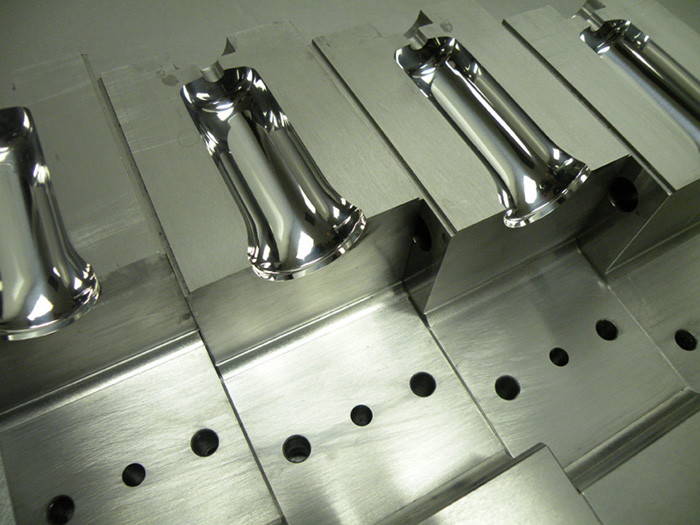
Polishing is the last step in mould making. The effect of polishing shows directly on the plastic part, so you can say it is the most superficial aspect of the work.
Polishing is also complementary to the operation of mould, especially part ejection. When the injection molding production doesn’t go smoothly, mostly because the mould is not well polished, which leads to excessive resistance and difficulty in ejection, sometimes even causes pin mark or crack.
7, Mould Assembly
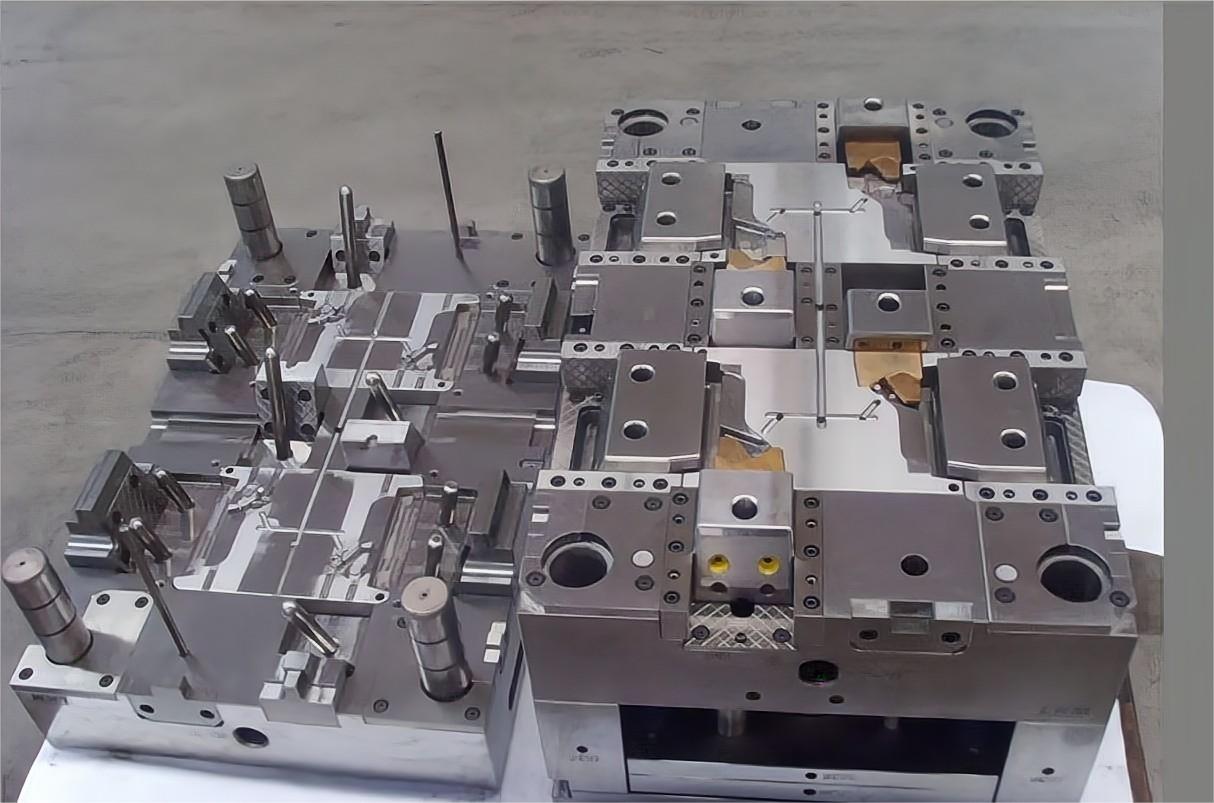
Mould assembly is just like assembling one machine. Not a single part or screw shall go wrong, otherwise there will be serious consequences which range from defective products and slow production, to complete damage of the mould, resulting in rejection.
So we need to be extremely meticulous while doing assembly. During the process, we need to pay extra attention to cleaning of mould. Especially the iron chips inside the water channels and screw holes need to be blown clean, otherwise the customer will be very angry.
8, Hot Runner or Cold Runner
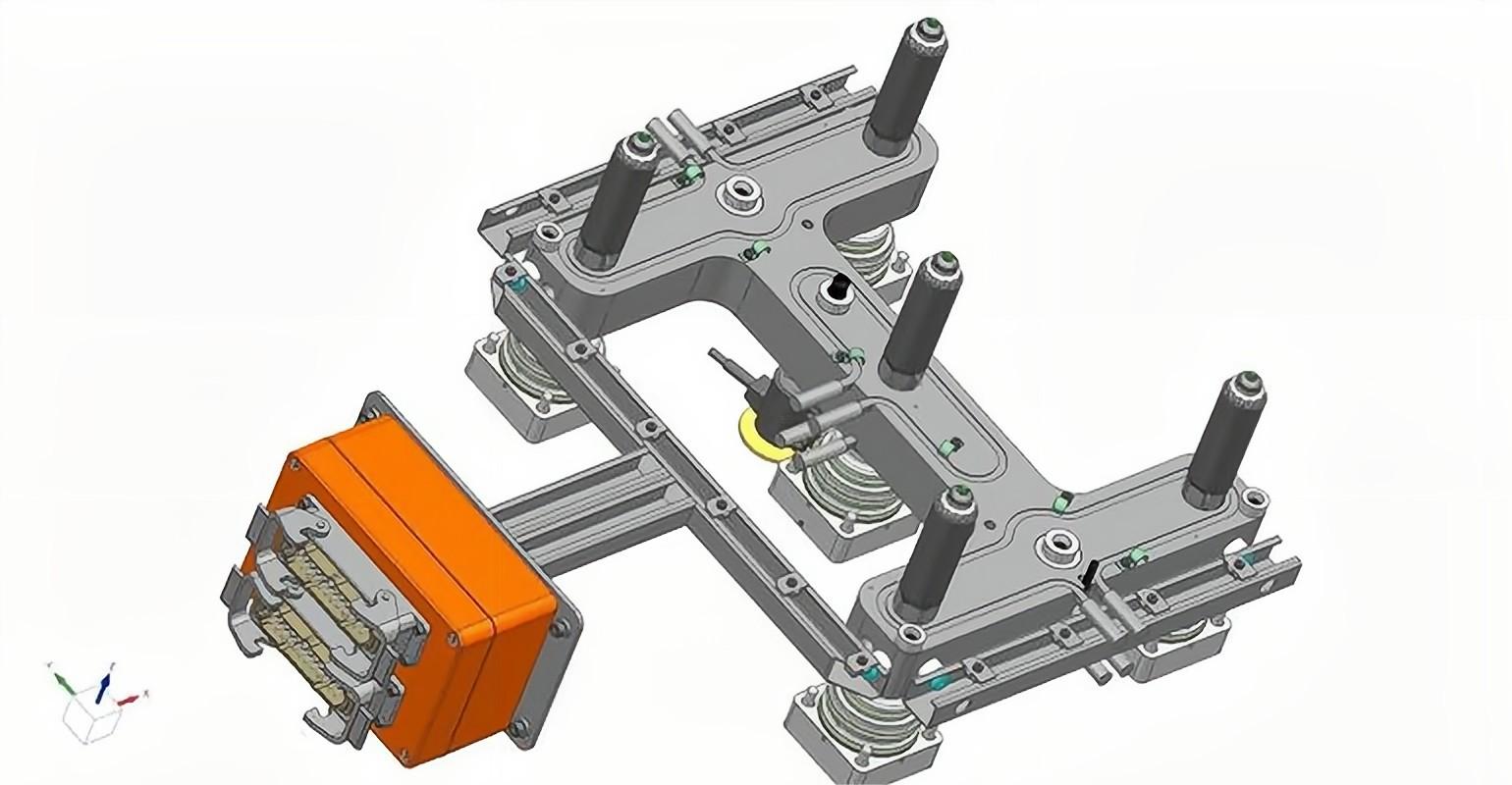
In fact this has the least impact on the quality of mould, because usually the customer will appoint the brand of the hot runner, especially when they are big companies. International famous brands do well whether in terms of quality or after-sales service in most cases. You don’t need to have any concern.
When it comes to cold runner, the main issue is how to ensure the melt flow balance, how to control the the gate size and the injection pressure, etc..
9, Cooling Water Channel
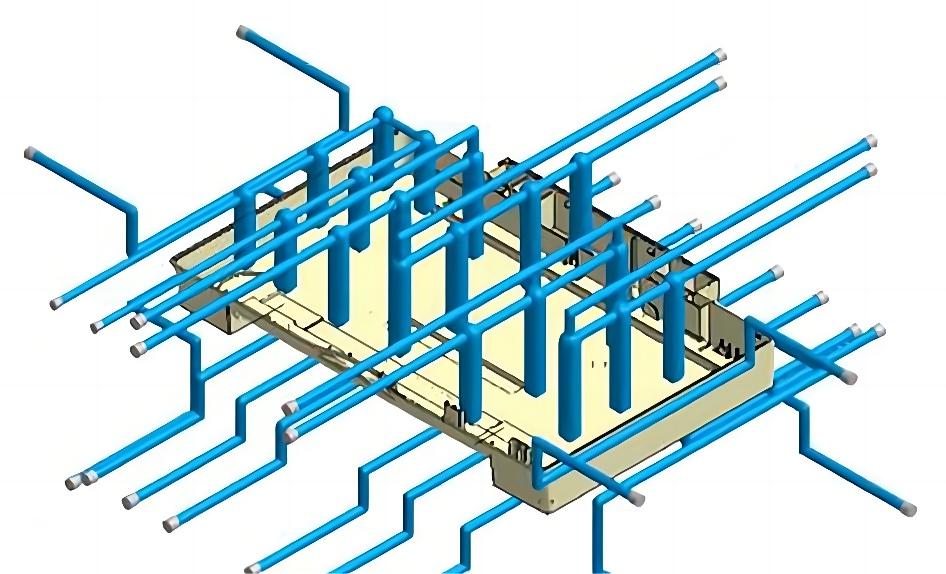
Anyone who has ever dealt with mould knows how important the cooling system is. Due to the increase of raw materials price and labor costs, when it comes to huge-quantity production, reducing the cycle time by even one second means enormous profit which is beyond imagination.
Meanwhile, shortening the production cycle will cause the rise of mould temperature. If the temperature is not controlled effectively, the mould will become too hot for the part to solidify, or even become deformed and have to be rejected.
That’s why optimal water channel design which includes the density, diameter, and interconnections, etc, is of particular importance.
10, Mould Maintenance
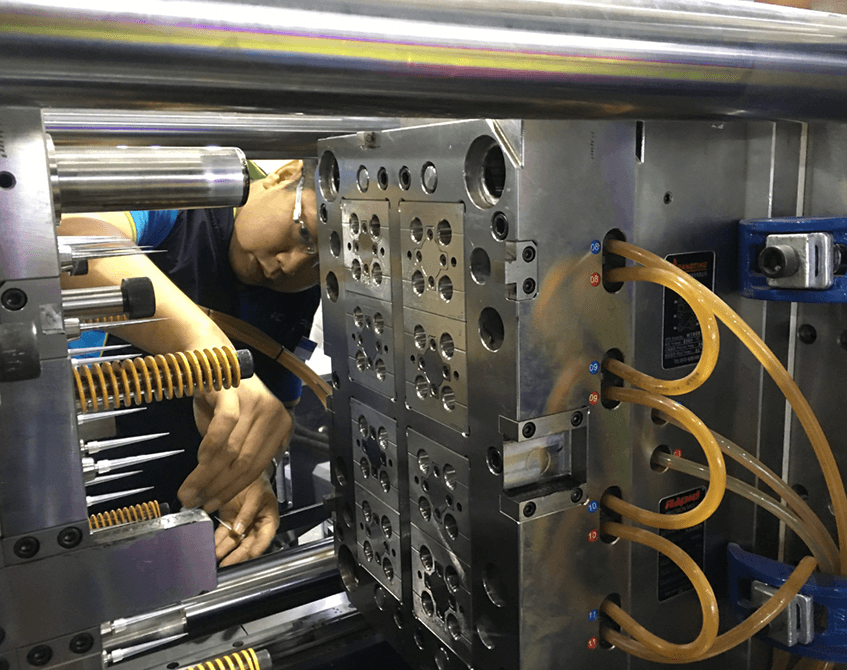
We need to perform maintenance and care of the mould in regular basis. Mould is just like a car. If you do not use it for a long time and don’t do the necessary maintenance, the mould will deteriorate and may have to be rejected in the end. So after each running of the mould, we need to conduct comprehensive maintenance, especially prevent the core and cavity and the main moving parts from rusting.
During the production, the mould needs to be connected to water. In the process of installing and uninstalling we may splash the water upon the mould by accident. So it’s very important that we keep the mould dry, and apply a film of oil for protection.
- Prev: None
- Next: None

